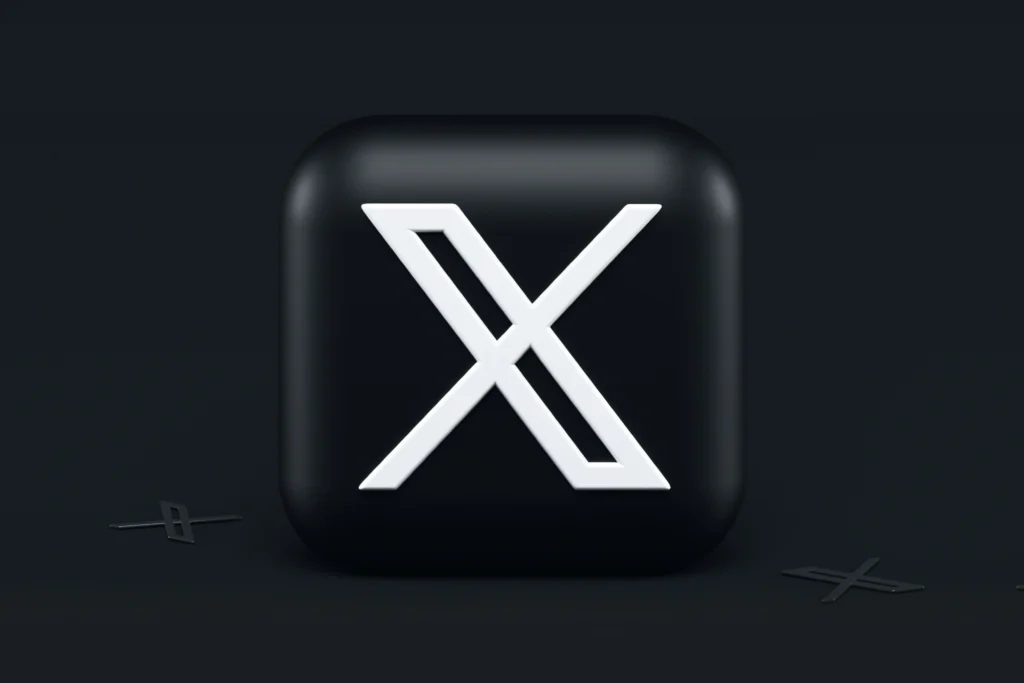Launching a tech startup is exciting, but let’s be honest, it’s also risky. Every founder dreams of creating the next big thing, but without testing your idea early, you could end up pouring months (or even years) of effort into a product nobody actually wants. That’s where studying minimum viable product examples comes in.
Think of a minimum viable product (MVP) as your startup’s cheat code. It’s a lean, testable version of your idea designed to validate demand without burning through your entire budget. The most innovative startups, from Dropbox to Airbnb, didn’t start with billion-dollar platforms. They began with MVP examples so simple you might be shocked at how minimal they were.
In this guide, we’ll dive deep into 10 inspiring minimum viable product examples that show how some of today’s most successful companies tested, iterated, and scaled. You’ll discover actionable lessons and strategies you can apply to your own product.
By the end, you’ll know how to:
- Build leaner, smarter MVPs
- Avoid costly early-stage mistakes.
- Use real-world product MVP examples to inspire your strategy.
- Choose the right approach, whether you’re starting with a landing page MVP example or a complete MVP software development example.
Related posts:
What Are Minimum Viable Product Examples, and Why They Matter?
A minimum viable product is a stripped-down version of your product that focuses on solving one core problem for your target users. Unlike a prototype, an MVP is functional enough to test in the real world and gather valuable feedback before committing significant time or resources.
Why should founders study minimum viable product examples?
- You’ll learn faster: See what worked and what didn’t, for successful startups.
- You’ll save money: Avoid expensive mistakes by testing before building.
- You’ll reduce risk: Validate real demand before you invest heavily in development.

10 Inspiring Minimum Viable Product Examples That Changed the Game
Here’s how some of today’s most successful startups used simple MVPs to test their boldest ideas:
1. Dropbox: Started with a Demo Video MVP.
When Dropbox launched, cloud storage was not yet a mainstream phenomenon. Instead of building a complex platform upfront, they created a two-minute demo video explaining how it would work.
- How they built it: An introductory video showcasing the concept.
- Why it worked: It attracted thousands of early sign-ups and validated the demand before development began.
- Takeaway: Sometimes, your MVP can be content, not code.
2. Airbnb: Launched a Simple Listing Page.
Struggling to pay rent, Airbnb’s founders built a basic landing page MVP example to list their own apartment for rent during a local event.
- How they built it: A single-page website to test whether people would pay to stay in strangers’ homes.
- Why it worked: They immediately got bookings, proving the concept.
- Takeaway: Your MVP doesn’t need to be fancy; it just needs to solve a real problem.
3. Spotify: Tested a Desktop-Only Beta.
Spotify didn’t start with mobile apps or personalized playlists. They launched a desktop-only beta MVP for limited users in Sweden to validate their music-streaming model.
- How they built it: A lightweight software to test music streaming at scale.
- Why it worked: It focused on speed and experience rather than massive features.
- Takeaway: Start small. Perfect one platform before expanding.
4. Uber: Used a Basic App to Connect Riders and Drivers.
Uber’s first MVP, called UberCab, only worked in San Francisco.
- How they built it: A minimalist iPhone app for requesting rides from local black car services.
- Why it worked: They tested demand before scaling globally.
- Takeaway: Start hyper-local before thinking global.
5. Zappos: Validated with Photos, No Inventory.
Before becoming an e-commerce giant, Zappos tested its idea by posting photos of shoes from local stores online.
- How they built it: No stock, no warehouses, just photos.
- Why it worked: Customers placed orders, proving online shoe sales could work.
- Takeaway: Your MVP can be manual behind the scenes and still succeed.
6. Instagram: Pivoted After MVP Testing.
Instagram started as Burbn, a location-based app. Through MVP testing, founders discovered users only loved the photo-sharing feature.
- How they built it: An MVP with multiple features, then iterated based on feedback.
- Why it worked: They pivoted fast to what users actually wanted.
- Takeaway: Don’t be afraid to simplify and refocus.

7. Twitter: Built MVP “Twttr” Internally.
Before Twitter became Twitter, it was tested as an internal communication tool at Odeo, a podcasting company.
- How they built it: Employees used “Twttr” to send short updates.
- Why it worked: The team validated usage internally before going public.
- Takeaway: Testing in-house MVP examples can uncover hidden value.
8. Buffer: Validated Pricing with a Landing Page.
Buffer didn’t build its scheduling tool right away. Instead, they created a simple landing page MVP example explaining what Buffer would do.
- How they built it: The landing page included pricing tiers but no working product yet.
- Why it worked: Sign-up interest validated the concept before development.
- Takeaway: Landing pages can be powerful MVPs.
9. Amazon: Began as an Online Bookstore MVP.
Jeff Bezos launched Amazon with just books to test online retail demand.
- How they built it: A simple e-commerce site focused on one niche.
- Why it worked: Books were easy to source and ship, helping Amazon test logistics early.
- Takeaway: Start niche, then scale.
10. WhatsApp: Focused on One Core Feature.
Before becoming a global messaging app, WhatsApp focused its MVP on text messaging only.
- How they built it: A basic app with no media sharing or calls.
- Why it worked: Solved one critical problem extremely well.
Takeaway: Start with one feature your users truly need.
Lessons Startups Can Learn from These Minimum Viable Product Examples
From Dropbox’s video MVP to Buffer’s landing page, the best MVP examples share common traits:
- Validate demand before scaling
- Focus on solving one core problem at a time.
- Start small and iterate based on feedback.
- Leverage MVPs to attract investors.
How to Apply These Minimum Viable Product Examples to Your Startup
Here’s how you can build your own successful MVP:
- Start lean: Focus on the must-have features.
- Utilize no-code tools: Platforms like Bubble or Webflow enable you to test ideas quickly.
- Leverage landing page MVP examples: Use a simple page to gauge interest and determine the effectiveness of your approach.
- Test, iterate, repeat: Use honest feedback to refine your product.
At Charisol, we specialize in helping founders turn ideas into scalable MVPs. Whether it’s MVP software development, intuitive design, or rapid prototyping, we work with you from concept to launch, creating digital products users genuinely love.

FAQs About Minimum Viable Product Examples
Why do most startups begin with an MVP?
Because it reduces risk, saves costs, and helps validate real demand. Read more.
How much does it cost to build an MVP in 2025?
Costs vary, but here’s a detailed breakdown.
How do you make MVP products?
Start small: define your core feature, build lean, test early, and iterate fast. You can follow this step-by-step MVP guide.
What’s the difference between a RAT and an MVP?
A RAT tests riskiest assumptions; an MVP tests a working solution. Read here.
Conclusion
The journey from idea to product doesn’t need to be complicated or expensive. As these minimum viable product examples demonstrate, starting small and testing early provides the insights you need to build something people actually want.
At Charisol, we’ve helped founders, startups, and nonprofits transform bold ideas into scalable, user-friendly MVPs that solve real problems. If you’ve got a big idea brewing, let’s help you bring it to life, lean, fast, and effectively.
42% of startups fail because they skip MVP testing. Don’t be one of them. Build smarter with Charisol, from idea to launch, we’ll help you create an MVP that users love. Let’s build your MVP today.
Read More: 10 Powerful Components You Need for a Successful MVP

